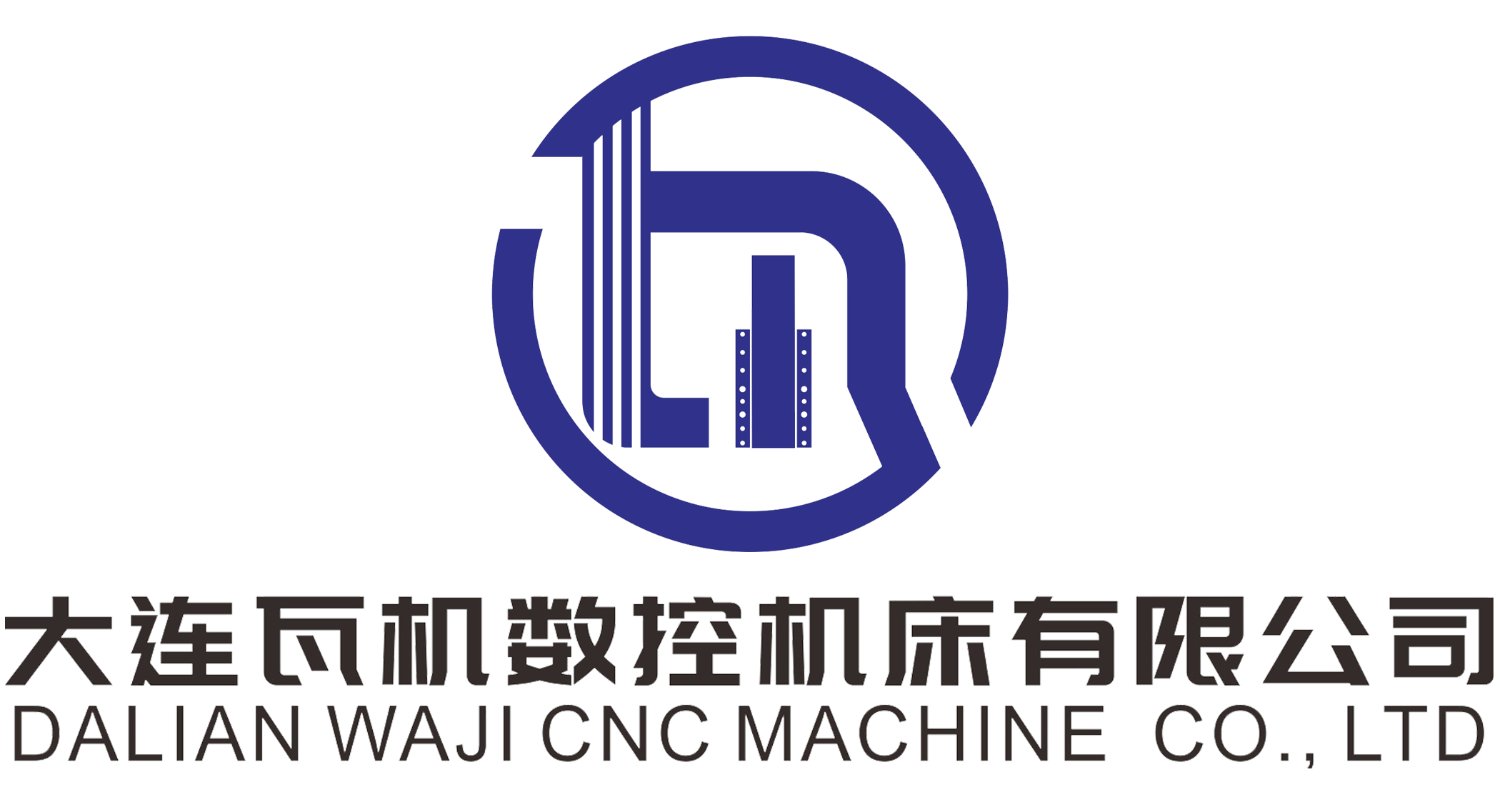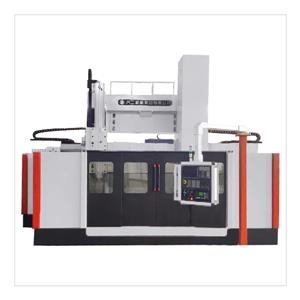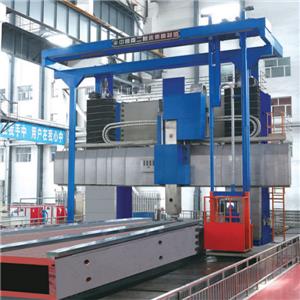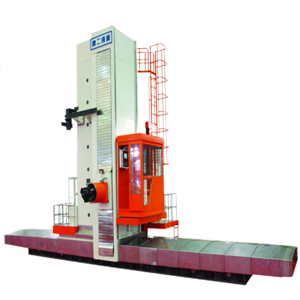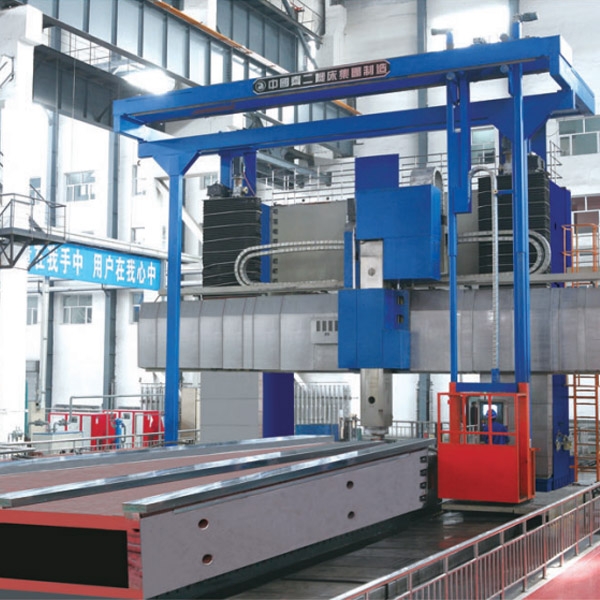How to Avoid Tool Damage in CNC Lathes
The reliability of tool chip breakage has a significant impact on normal production and operator safety. During cutting, chipping chips can splash and injure people, and easily damage the machine tool; Long strips of chip can wrap around the workpiece or tool, easily scratching the workpiece, causing tool damage, and even affecting worker safety.
For automatic machining machines such as CNC lathes (machining centers), due to the large number of cutting tools and the close relationship between the tool holder and the tool, the problem of chip breakage becomes even more important. As long as one of the cutting tools is not reliable, it may disrupt the automatic cycle of the machine tool, and even disrupt the normal operation of the entire automatic line. Therefore, when designing, selecting, or sharpening tools, it is necessary to consider the reliability of tool chip breakage. For CNC machine tools (machining centers), the following requirements should be met:
1. The cutting chips shall not be wrapped on the tool, workpiece, and adjacent tools and equipment;
2. Cutting chips shall not be splashed to ensure the safety of operators and observers;
During finishing, the cutting chips must not scratch the machined surface of the workpiece, affecting the quality of the machined surface;
4. Ensure the predetermined durability of the tool, avoid premature wear, and strive to prevent its damage;
5. When the chips flow out, it does not hinder the injection of cutting fluid;
6. The cutting chips will not scratch the machine guide rail or other components.
On the basis of meeting the above requirements, different cutters have different requirements for chip length. For example, generally, the large chip length of rough turning steel material is about 100mm; Fine turning should be slightly longer. Machinery should avoid excessively fine chips, as they are easily embedded in some important parts of the machine guide rail and tool device (such as the reference plane). This not only requires additional protective devices, but also poses certain difficulties in removing chips.
